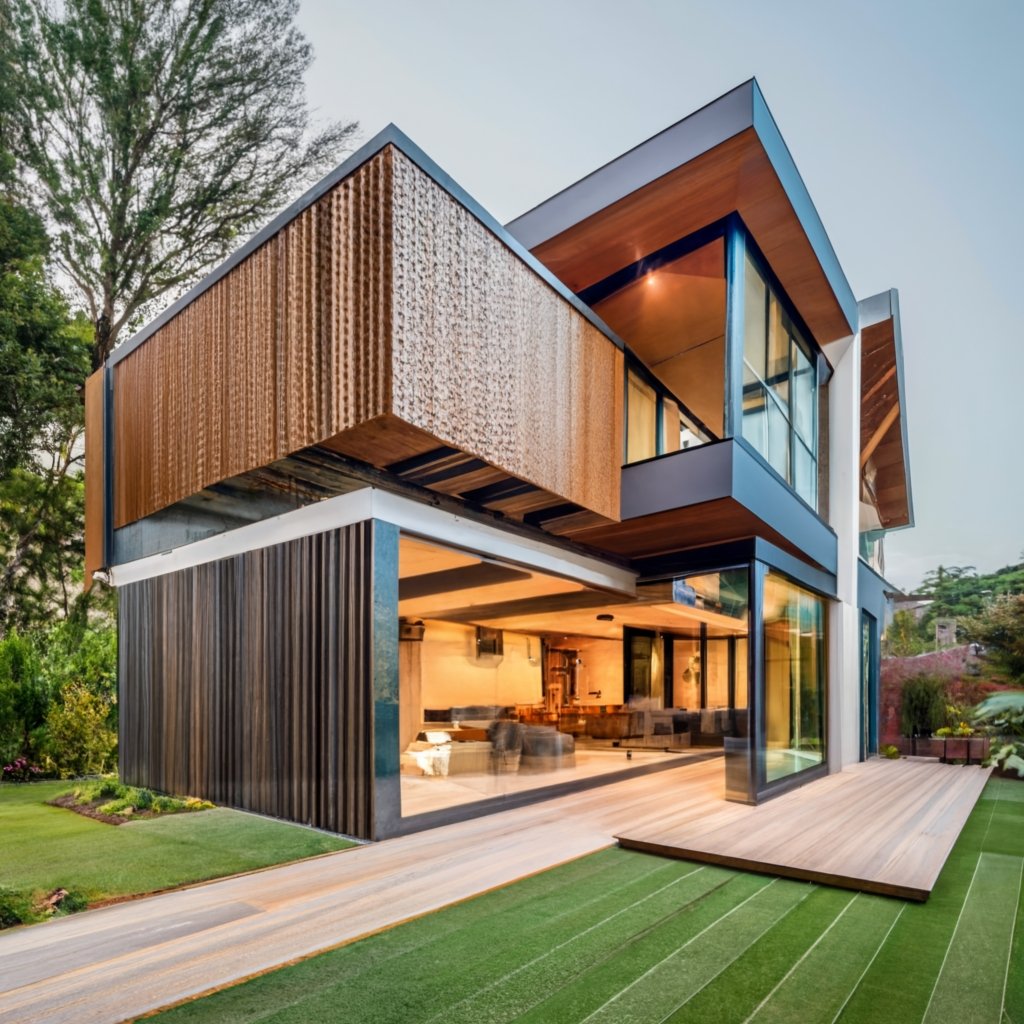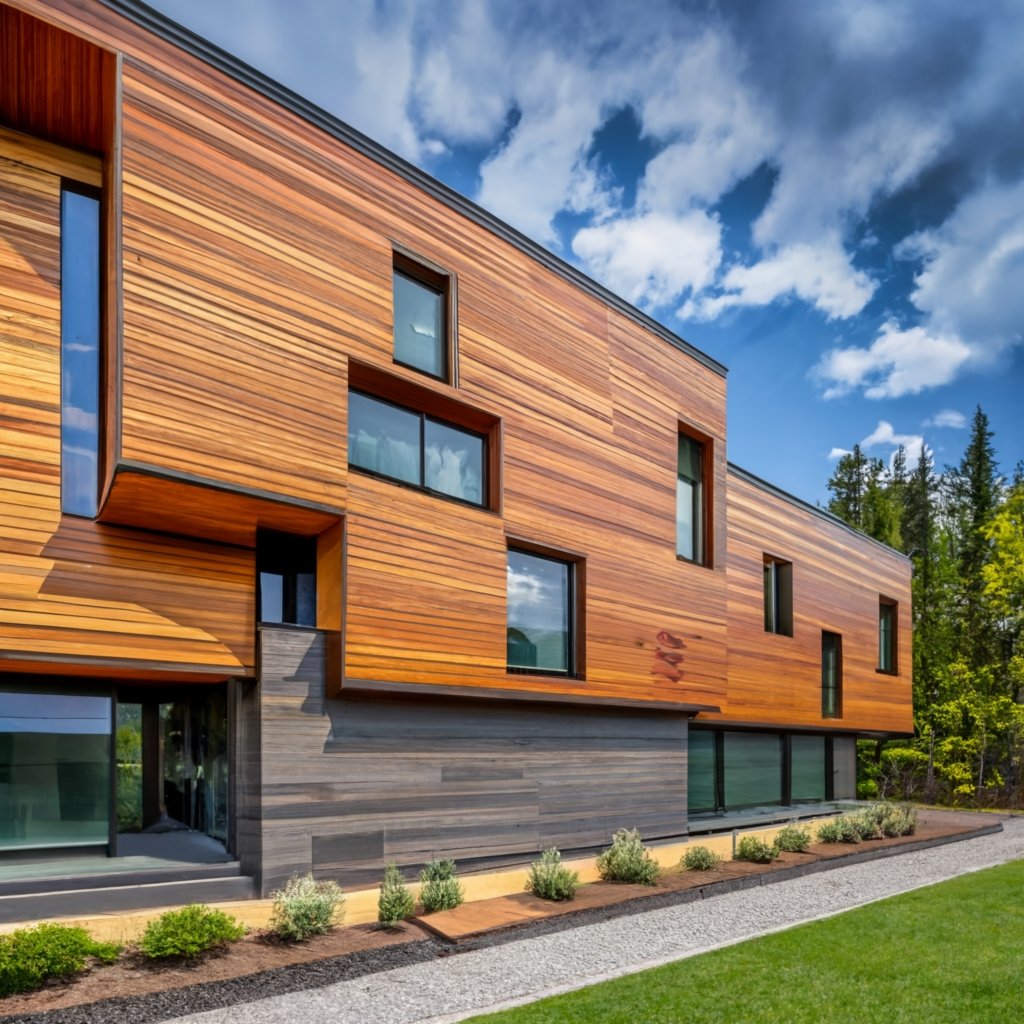Sustainable materials have taken center stage in the ever-evolving landscape of construction and interior design. Wood composite panels have emerged as a game-changing alternative to traditional solid wood among these innovative solutions. These panels, prized for their durability, versatility, and eco-friendly attributes, have become ubiquitous in modern architecture and furniture design. But have you ever wondered about the intricate process of creating these engineering marvels? In this in-depth exploration, we peel back the layers of curiosity to uncover the fascinating journey of how wood composite panels are made. From raw materials to cutting-edge manufacturing techniques, join us on a captivating voyage through the heart of this transformative industry. Discover the amalgamation of science, technology, and sustainability that gives birth to the panels shaping the future of design.
What are Wood Composite Panels?

Wood composite panels, often referred to simply as composite panels, stand at the intersection of natural aesthetics and modern technology. These panels are engineered wood products made from a combination of wood fibers, thermoplastics, and adhesive resins. The result is a material that retains wood’s warm, organic look and feel while benefiting from enhanced durability, stability, and versatility.
At the core of wood composite panels is a blend of wood particles or fibers sourced from various species of trees. These natural elements are carefully processed and combined with thermoplastic materials, such as polyethylene, polypropylene, or polyvinyl chloride (PVC). The mixture is then bound together using adhesive resins under high pressure and heat, forming dense, sturdy panels.
The manufacturing process often involves techniques like hot pressing or extrusion molding, which ensure a homogeneous distribution of wood fibers within the composite. This meticulous process results in a material that mirrors the appearance of solid wood and boasts superior resistance to moisture, insects, and decay.
One of the significant advantages of wood composite panels is their eco-friendly nature.
By employing wood fibers obtained from eco-friendly forestry methods and integrating recyclable thermoplastic materials, these panels preserve natural resources and mitigating the environmental consequences linked to conventional timber extraction.
Wood composite panels find diverse applications in the construction industry, interior and furniture design, automotive interiors, and more. From elegant flooring and stylish furniture to innovative wall cladding and exterior facades, these panels have become the material of choice for architects and designers seeking the perfect blend of aesthetics, functionality, and sustainability.
Manufacturing Process of Wood Composite Panels

The manufacturing process of wood composite panels is a complex yet fascinating journey that involves several stages, each crucial for achieving the desired quality, durability, and aesthetic appeal. Here’s a detailed breakdown of the typical manufacturing process of wood composite panels:
Raw Material Selection:
The process of producing wood composite panels begins with the selection of raw materials. Wood fibers are sourced from various tree species, including pine, oak, or maple. These fibers are often obtained from wood residues, sawdust, or wood chips, promoting sustainability and minimizing waste.
Wood Fiber Preparation:
The selected wood fibers undergo a refining process where they are cleaned, screened, and sometimes chemically treated to enhance their properties. The primary goal is to create a consistent, high-quality fiber blend for the composite.
Addition of Thermoplastic Materials:
Thermoplastic substances, such as polyethylene, polypropylene, or PVC, are added to the wood fibers. These plastics serve as binders, enhancing the final product’s structural integrity and moisture resistance.
Addition of Adhesive Resins:
Adhesive resins, typically urea-formaldehyde or phenol-formaldehyde, are mixed with the wood fibers and thermoplastics. These resins act as bonding agents, ensuring the composite panels’ strength and stability.
Blending and Extrusion/Molding:
Wood fibers, thermoplastics, and adhesive resins are carefully blended to achieve a uniform composition. The mixture is extruded through a die or molded under high pressure and heat, depending on the desired end product. Extrusion molding results in continuous sheets, while hot pressing creates solid panels of varying thickness.
Cooling and Cutting:
After the extrusion or molding, the panels are cooled to set their shape and structure. Once cooled, they are cut into specific sizes and dimensions using precision cutting equipment.
Surface Finishing (Optional):
Wood composite panels might undergo additional surface finishing processes depending on the intended application. This can include embossing, laminating with decorative films, or applying veneers to enhance their visual appeal.
Quality Control and Testing:
Panels undergo rigorous testing for strength, durability, moisture resistance, and other key properties to meet industry standards and customer requirements.
Packaging and Distribution:
Once the wood composite panels pass quality control checks, they are packaged and prepared for distribution to manufacturers, retailers, or construction sites, where they are utilized in various applications, including flooring, furniture, cladding, and more.


